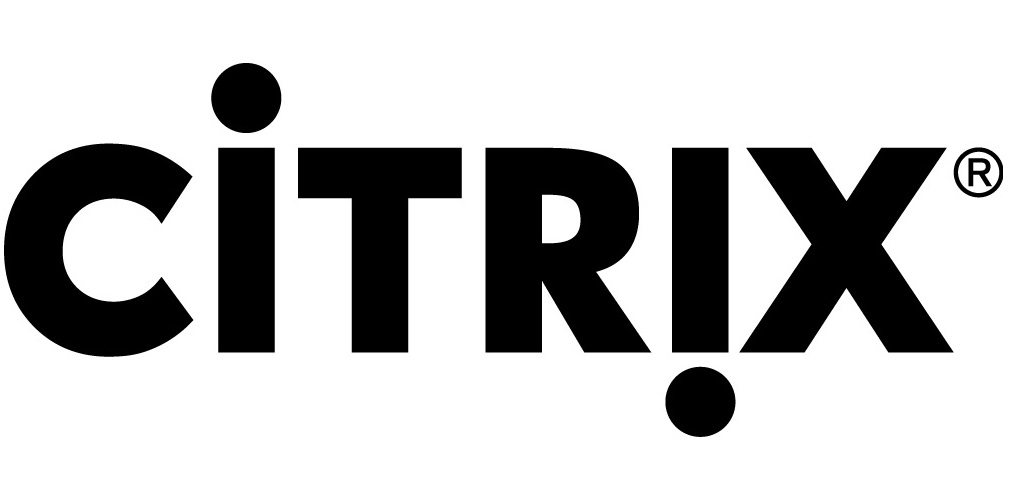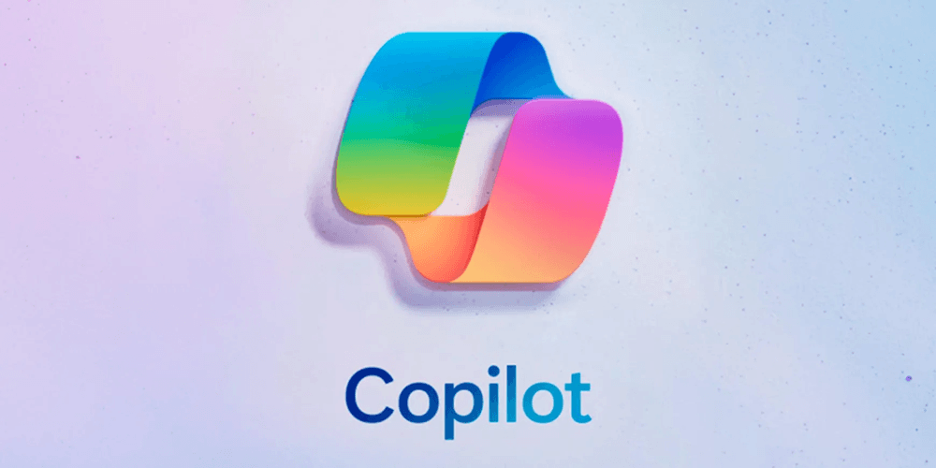I’m at a Citrix event this week and, as you would expect, Citrix is outspoken on the subject of its competitive advantages over VMware. It has a pretty impressive list. But, to be fair, you typically get these from any vendor who has claims like this. Several times I’ve actually seen lists like this that include the name of the company as an advantage which likely does actually make sense for firms like Intel, but never works for smaller companies (Citrix didn’t do this). As a result, I kind of take these things with a huge amount of skepticism both because the lists are biased and because they represent a period in time. On this last, for instance, firms often emulate each other and just because a product doesn’t have a feature when the chart was made doesn’t mean the firm hasn’t released it by the time you actually see the chart. As a result, I look for a sustaining advantage, what strategic advantage does the firm have to ensure it will remain in the lead when I actually deploy the offering.
Success or Failure
You see, often with solutions like Citrix, deployment and conversion can take months to years and—unfortunately—you are not measured by how good a decision you made when you made it, but how good it looks in hindsight when the person looking back at your decision actually has to deal with it. This is why, for instance, I’d never deploy an email solution that wasn’t dominant because there is a near certain outcome that it will look stupid when everyone in the company actually has to convert to it. I can defend dominance, but features and functions are fluid (and people really don’t like migrating email programs). I actually think that if more people who choose technology products realized this they’d choose very differently.
The Microsoft Advantage
When I looked deeply at Citrix and what it had that was sustainable it was its close relationship with Microsoft which VMware lacks. The problem with VMware is—because its core business competes with Microsoft—it can’t enjoy as close a relationship. Given Windows is at the heart of remoting a desktop or hosting Windows apps, not only does VMware have to do all of the heavy lifting—it has to overcome Microsoft while Citrix gets Microsoft’s help to solve the same problems. This is the difference between racing downhill with a map and racing uphill in heavy fog.
Microsoft will share with Citrix its roadmap on Azure and Windows, will help with tricks and work arounds that only Microsoft knows about its products and platforms, and will work in concert with Citrix to solve problems resulting from their joined offerings.
Microsoft AOL Example
A good example of the extra heavy lifting that VMware has to undergo is what happened over a decade ago between Microsoft an AOL. This was the era of instant messaging and only Microsoft seemed to realize that for this technology to effectively get to critical mass and sustain it had to interoperate like phones, browsers, and the internet does (or tries to). But back then—and still to this day actually—the instant messaging platforms only worked with clients that were closely coupled. Microsoft’s only worked with Microsoft, Yahoo’s with Yahoo, and AOL with AOL. So Microsoft first tried to get everyone on the same page and then, out of frustration, did the interoperability work itself and suddenly its IM product worked with both its own backend and AOL’s.
Instead of embracing this and competing with Microsoft on things like user experience, AOL instead screamed it was being hacked by Microsoft and started patching its platform specifically to break Microsoft’s efforts. After a number of months, Microsoft tossed in the towel because it couldn’t patch fast enough to keep this feature, which should have been core to every product, working. Today few use instant messaging—choosing to use things like SMS which tend to work across platforms.
Now Microsoft isn’t treating VMware as badly as AOL treated it, but because it views VMware as a primary competitor positioned against Hyper-V—which is considered a strategic offering—it won’t work as closely with VMware and won’t be as willing to share confidential plans either. In addition, if VMware does something that angers Microsoft, it is far more likely to break the joint offering because it doesn’t want to work with the firm. There is actually no joint offering like Citrix’s and there is never likely to be one unless one of the companies or the other changes dramatically.
Granted Microsoft has embraced interoperability as a strategic advantage last decade, but that doesn’t include actively supporting primary competitors and a new CEO could always change a moderate strategy of cooperation back to one of obstruction. This means VMware’s solution in this space will likely always significantly lag Citrix’s and has an acceptable probability of becoming non-viable if Microsoft shifts to a strategy more similar to Oracle’s or Microsoft as it was in the 1990s.
Wrapping Up: Joint Offerings
Offerings that have to interoperate are always better between companies that cooperate than companies that don’t. And firms at war with each other seldom are successful with joint efforts. Often joint efforts between firms that actually want to work together fail due simply to cultural difference.
What gives Citrix the sustainable advantage is not only the fact it has a tighter relationship with Microsoft, but—because it appears to realize that it has to do most of the heavy lifting to maintain the relationship, there is none of the typical finger-pointing between the firms. Citrix owns the solution and responsibility and thus if Microsoft becomes distracted it is prepared to fill the gaps.
Currently, VMware can’t match this and it is unclear how it could get there without spinning its offering out of VMware into Dell. But, VMware isn’t a division—it is a partially-owned subsidiary—making such a move extremely difficult. This leaves Citrix with an extremely powerful strategic advantage that VMware can’t match unless it changes who it is, and that—typically—is a bridge too far.
- The HP OmniBook X Flip 2-in-1 16-Inch: Your New Digital Swiss Army Knife (Now in Glorious Atmospheric Blue) - June 25, 2025
- The Open AI Avalanche: Why AMD’s Collaborative Spirit Is Outmaneuvering NVIDIA’s Empire - June 22, 2025
- Lenovo Embraces OpenBMC: A Step Towards Greater Transparency and Control in the Data Center - June 17, 2025




Your title makes it sound like citrix is worst in other kinds of virtualization compared to vmware